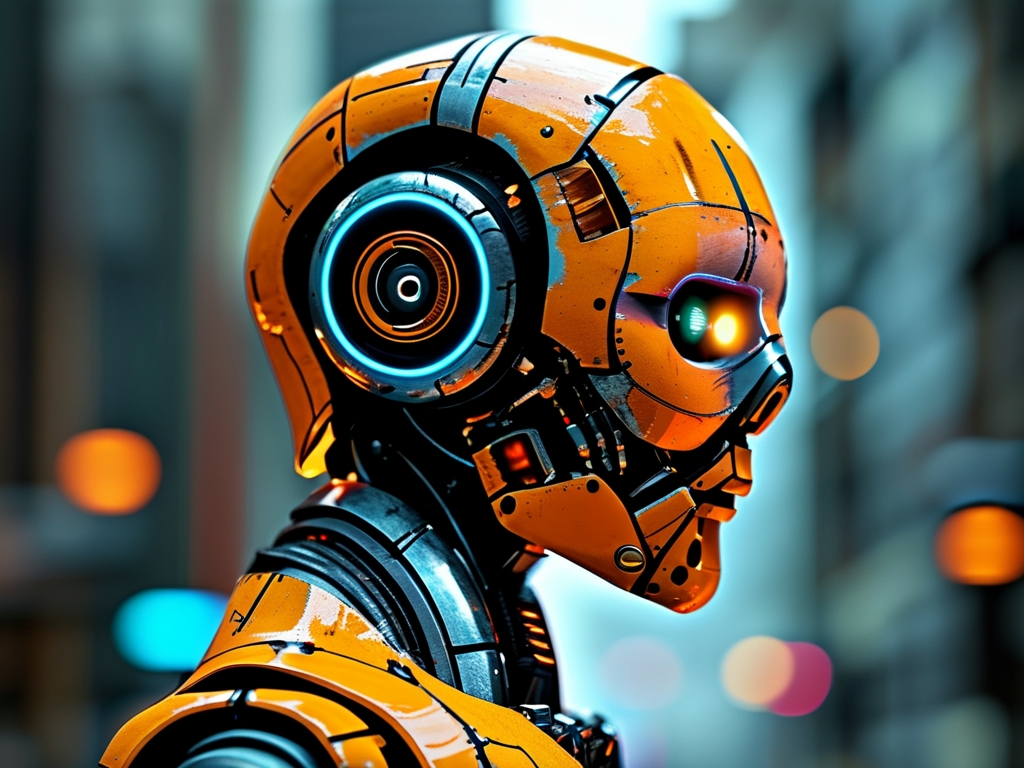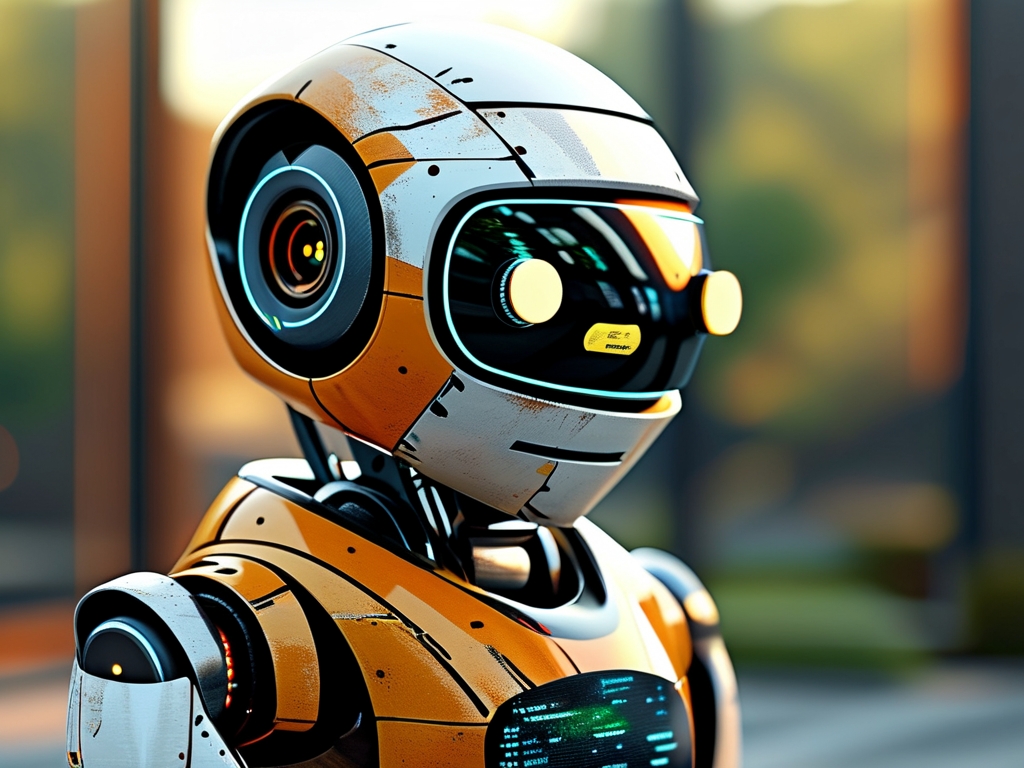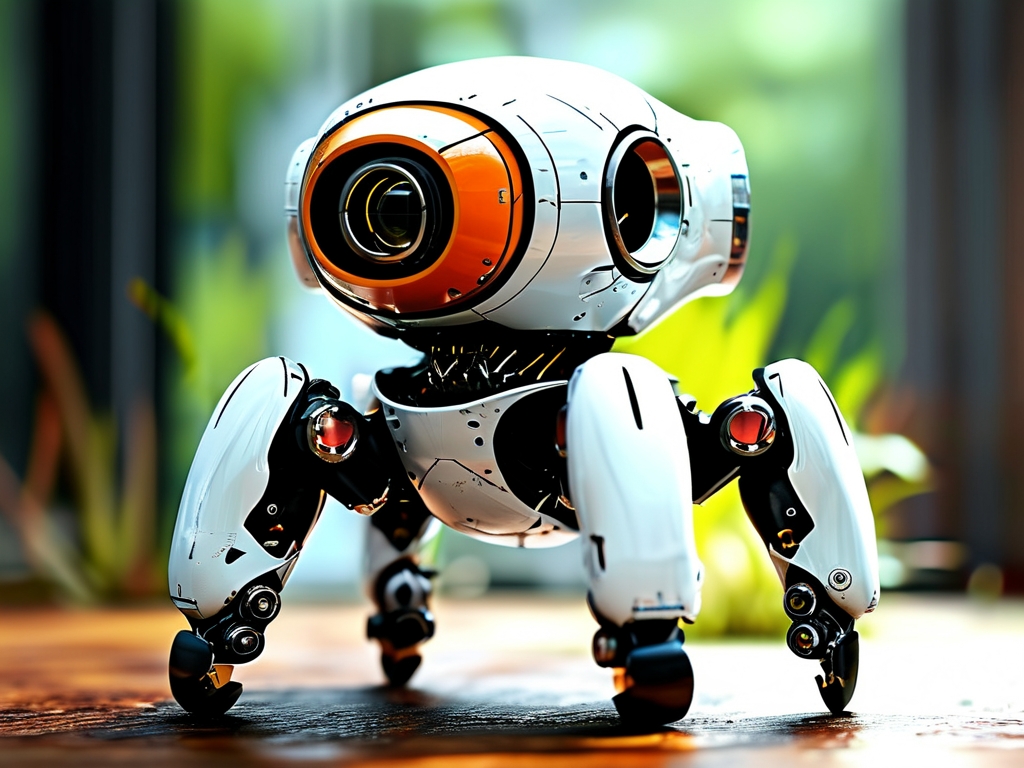The rapid evolution of robotics has propelled the demand for precise coordination among multiple robotic systems, giving rise to robot synchronization control technology. This field focuses on enabling robots to perform collaborative tasks with temporal and spatial consistency, whether in industrial automation, medical surgery, or autonomous logistics. As industries increasingly adopt multi-robot systems, synchronization control has become a cornerstone for achieving efficiency, safety, and scalability.
Key Technologies in Robot Synchronization
-
Master-Slave Architecture:
A foundational approach where one robot (the "master") dictates actions, and others (the "slaves") replicate its movements in real time. This method is widely used in assembly lines, such as automotive manufacturing, where robotic arms must weld or paint components simultaneously. Advanced feedback loops ensure sub-millisecond latency, minimizing errors. -
Distributed Control Systems:
Unlike centralized models, distributed control allows robots to synchronize through peer-to-peer communication. Each agent processes local sensor data and shares it with neighbors, enabling swarm behaviors. For example, drone fleets use this to maintain formation during aerial light shows or disaster response missions. -
Time-Triggered Synchronization (TTS):
TTS relies on precise clock synchronization across robots, often using protocols like IEEE 1588. This is critical in applications requiring microsecond-level precision, such as semiconductor manufacturing robots operating in cleanroom environments. -
Adaptive Control Algorithms:
Machine learning techniques, such as reinforcement learning, allow robots to dynamically adjust synchronization parameters in unpredictable environments. For instance, warehouse robots navigating around human workers can recalibrate paths without disrupting overall workflow. -
Hybrid Communication Protocols:
Combining wired (EtherCAT, PROFINET) and wireless (5G, Wi-Fi 6) networks ensures robust data exchange. In smart factories, hybrid systems enable mobile robots to synchronize with stationary arms while avoiding signal interference.
Applications of Synchronized Robotics
-
Industrial Automation:
Automotive giants like Tesla deploy synchronized robotic arms to assemble battery packs, where even minor timing errors could cause costly defects. Force-torque sensors and vision systems enable real-time adjustments during high-speed operations.
-
Medical Robotics:
In robot-assisted surgery, tools controlled by surgeons must mirror movements flawlessly across networked systems. The da Vinci Surgical System, for example, uses hierarchical synchronization to align instruments with endoscopic views, reducing operative risks. -
Logistics and Warehousing:
Amazon’s Kiva robots exemplify synchronized control in inventory management. Thousands of robots coordinate to transport shelves, optimizing routes through centralized scheduling algorithms while avoiding collisions. -
Agricultural Automation:
Synchronized drones and ground robots work in tandem for precision farming. Drones map crop health, while autonomous tractors apply fertilizers selectively, reducing waste and improving yield. -
Space Exploration:
NASA’s Mars rovers use synchronized control to share sensor data and navigate treacherous terrain collaboratively. Future missions may involve robot teams constructing habitats on the Moon or Mars.
Challenges and Future Directions
Despite progress, several hurdles remain:
- Latency and Jitter: Network delays can desynchronize robots, especially in wireless setups. Edge computing and 5G Ultra-Reliable Low-Latency Communication (URLLC) are being tested to mitigate this.
- Heterogeneous Systems: Integrating robots from different manufacturers requires standardized protocols. Initiatives like ROS 2 (Robot Operating System) aim to unify interfaces.
- Security Risks: Synchronized systems are vulnerable to cyberattacks. Blockchain-based authentication and encrypted communication channels are emerging as solutions.
Future advancements may focus on AI-driven synchronization, where robots predict and adapt to changes autonomously. Quantum computing could further enhance real-time decision-making in large-scale systems.
Robot synchronization control technology is reshaping industries by enabling seamless collaboration among machines. From factories to outer space, its applications underscore the importance of precision, adaptability, and robustness. As research continues to address existing limitations, synchronized robotics will unlock unprecedented possibilities, paving the way for smarter, safer, and more efficient multi-agent systems.






